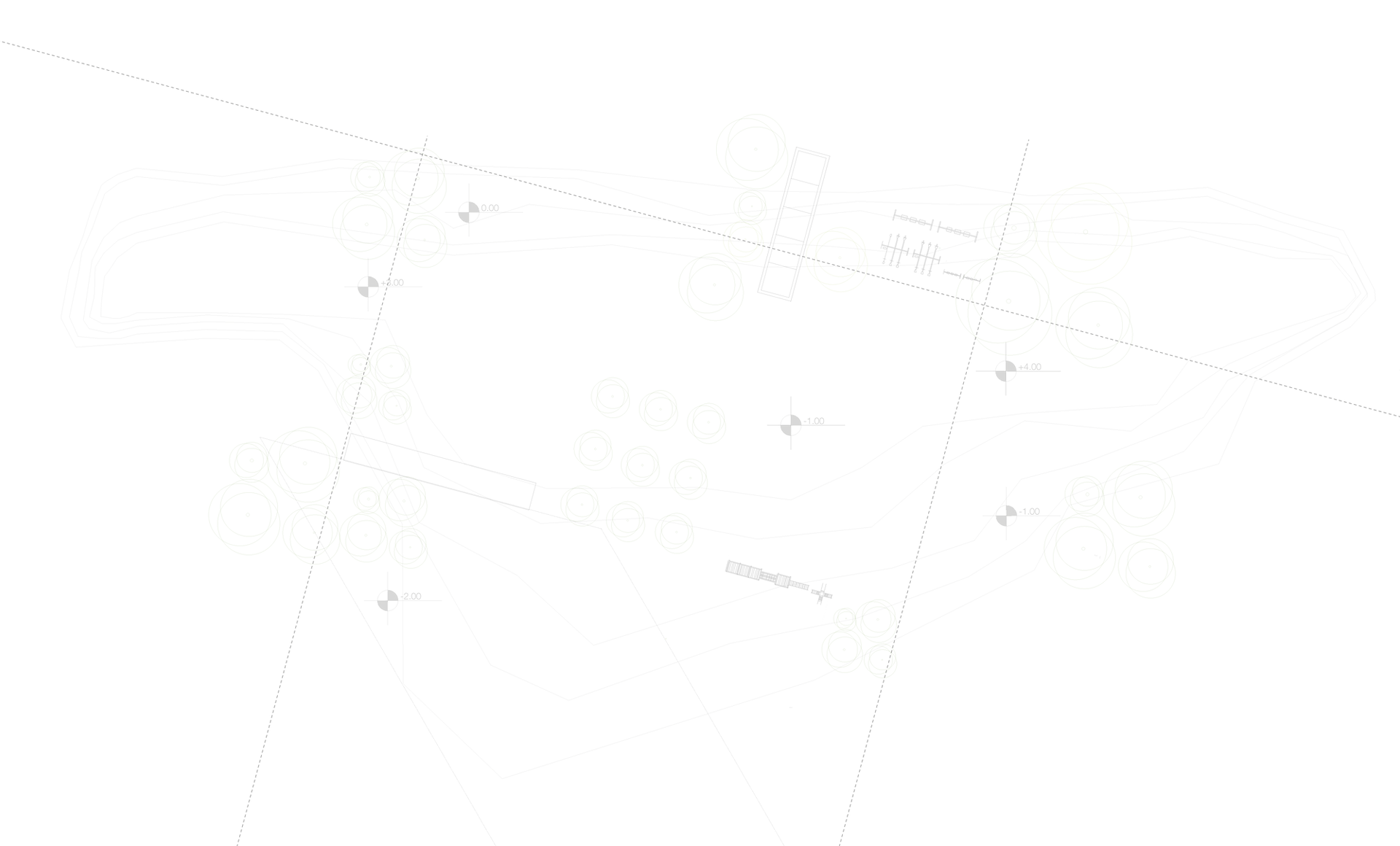

Lim Choon Wah, Reeve
Architecture E-Portfolio
Theories of Architecture & Urbanism
SYNOPSIS - REACTION PAPER
Subsequent to each thematic lecture, students are required to submit a synopsis in the form of reaction paper. Its aim is for the students to read a selected reading in relation to the theme that has been discussed in class for the week and submit a reaction paper of the text. There will be a total of 4 synopses.
A reaction or response paper requires the writer to analyze a text, then develop commentary related to it. It requires thoughtful reading, research and writing. It should identify the key points highlighted in the text and then focus on your personal perspective on issues raised through the text. In addition to your personal perspective, you should identify experiences or insights that have shaped your perspective.
-
Jane Jacobs : The Death and Life of Great American Cities
-
Diana Agrest & Mario Gandelsonas : Semiotics & Architecture: Ideological Consumptions or Theoretical Work
-
Juhani Pallasmaa : The Geometry of Feeling – A Look At The Phenomenology of Architecture
-
Kenneth Frampton : “Towards a Critical Regionalism: Six Points for an Architecture of Resistance, No 5 & 6”
From this reaction paper, I had applied jane Jacobs and Kenneth Framptons' theories into my architectural studio 5. Where Jane jacobs theory is focusing on the street to interact the neighbour at Sentul west. Hence, Kenneth Framptons thery is focusing on the material to interact the traditional and modern into the community library to give user to see and touch.
PROJECT PART A: IDENTIFYING 5 ELEMENTS
Lynch's most famous work, The Image of the City (1960), is the result of a five-year study on how observers take in information of the city. Using three disparate American cities as examples (Boston, Jersey City and Los Angeles), Lynch reported that users understood their surroundings in consistent and predictable ways, forming mental maps with five elements:
-
paths, the streets, sidewalks, trails, and other channels in which people travel;
-
edges, perceived boundaries such as walls, buildings, and shorelines;
-
districts, relatively large sections of the city distinguished by some identity or character;
-
nodes, focal points, intersections or loci;
-
landmarks, readily identifiable objects which serve as external reference points Student is to select a city and identify the 5 elements in the city.
From this project, I have went to site and using five elemts of Lynch to find and observe information of the Little India Street and translate them into paths,edges, district, nodes and landmark into 6 A4 drawing.
PROJECT PART B: AN ILLUSTRATED ESSAY WITH A COGNITIVE MAPPING
Part B of the project requires students to create cognitive mapping of selected significant urban spaces in the city of KL to understand one’s perception and spatial behaviour in cities today. Using the cognitive map students are required to present a critical understanding of emerging contemporary urbanism in KL city spaces (in relations to Kevin Lynch notions of imageability and how it influences people’s perception of the city. Mapping should contain: human facets (memory, identity etc.), spatial and temporal dynamics (traffic, people’s paths, barriers, etc.), architecture (stairs, benches, trees, etc.), microstructures (texture, material).
From this project, I had learn to observe as user experience where is the human facets, spatial and temporaldynamic, architecture and microstructures by using Kevin Lynch's elements. I was only highlight some significant place on the cognitive mapping and support by the essay.
